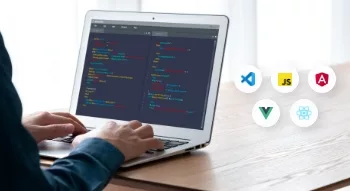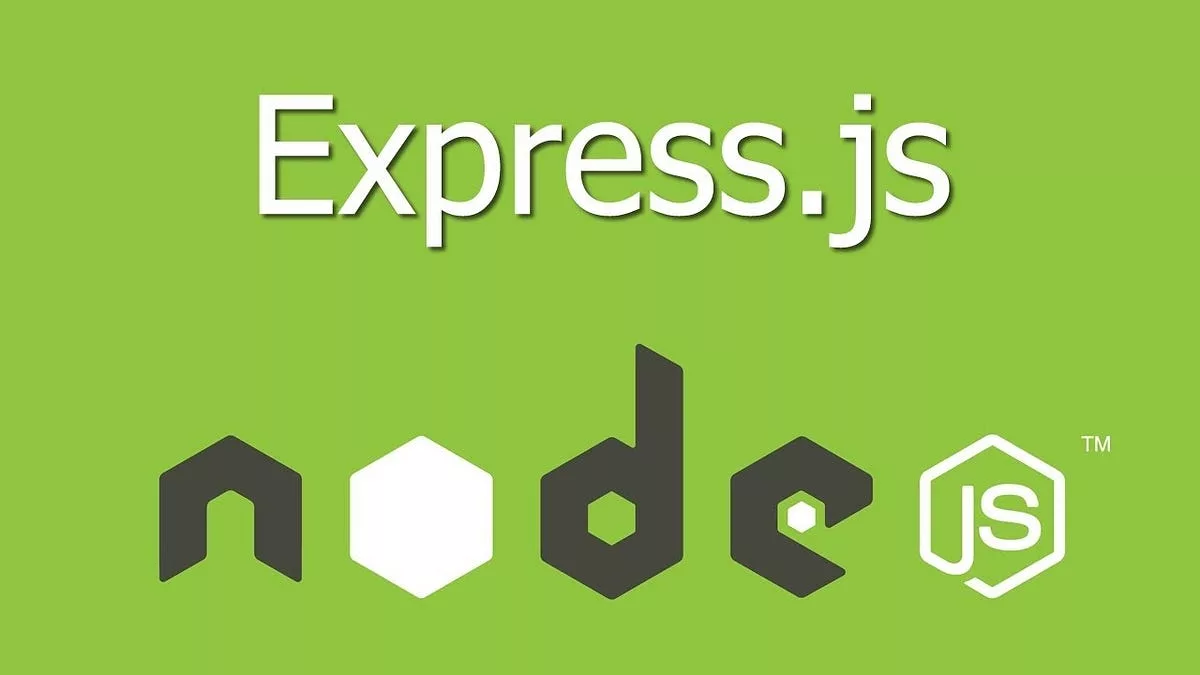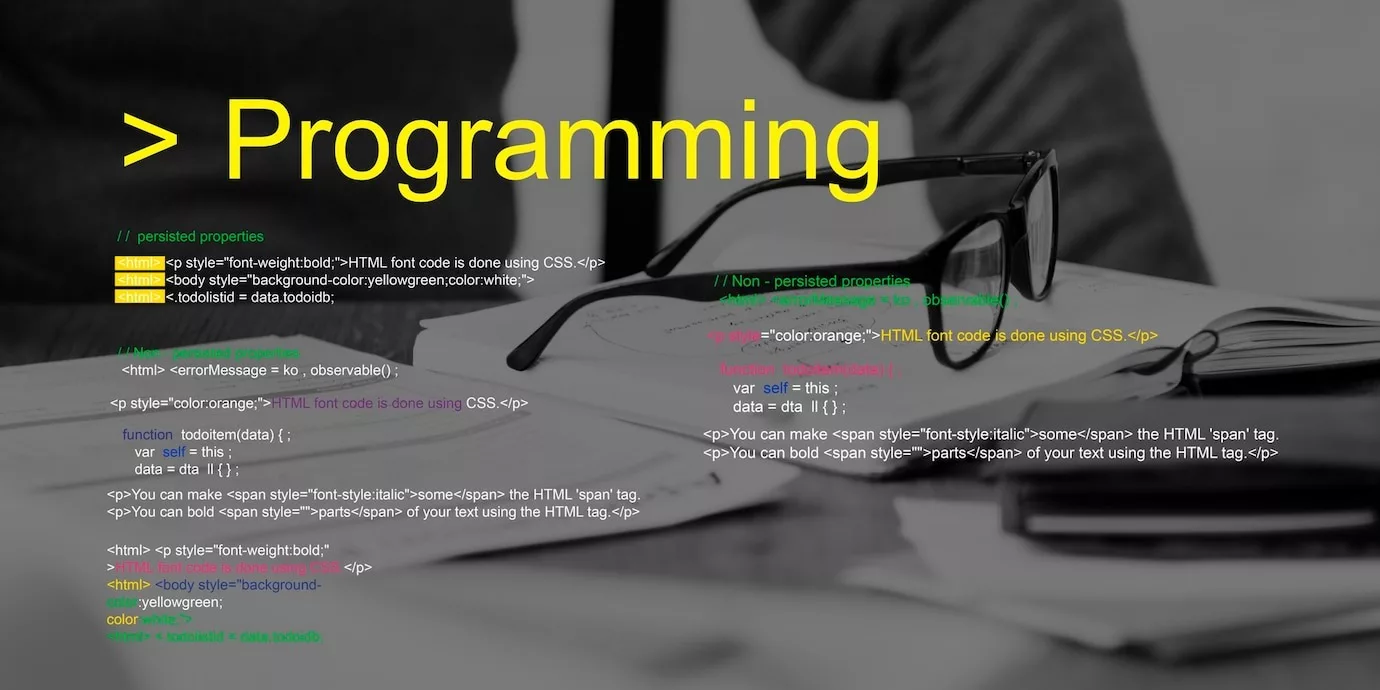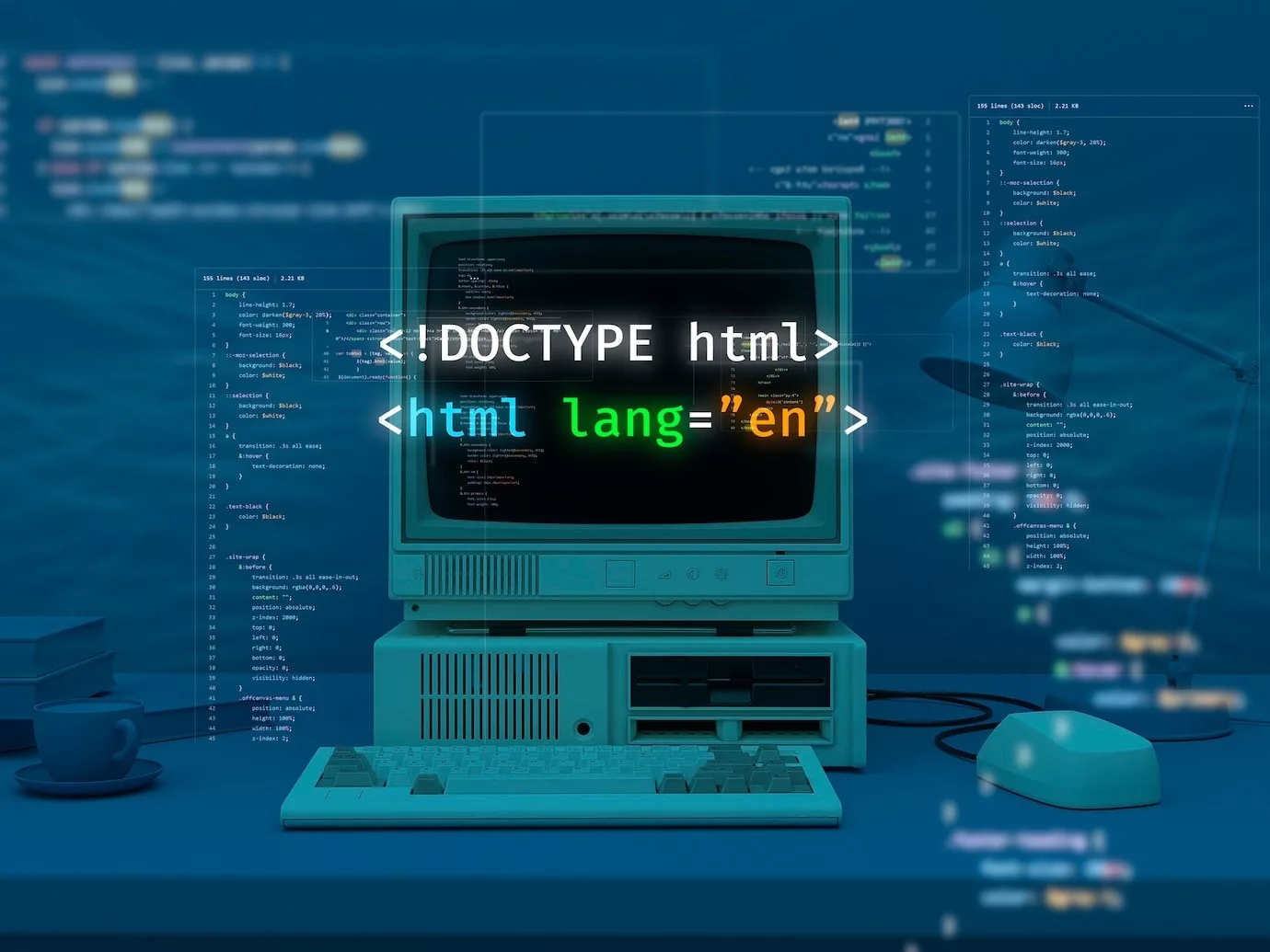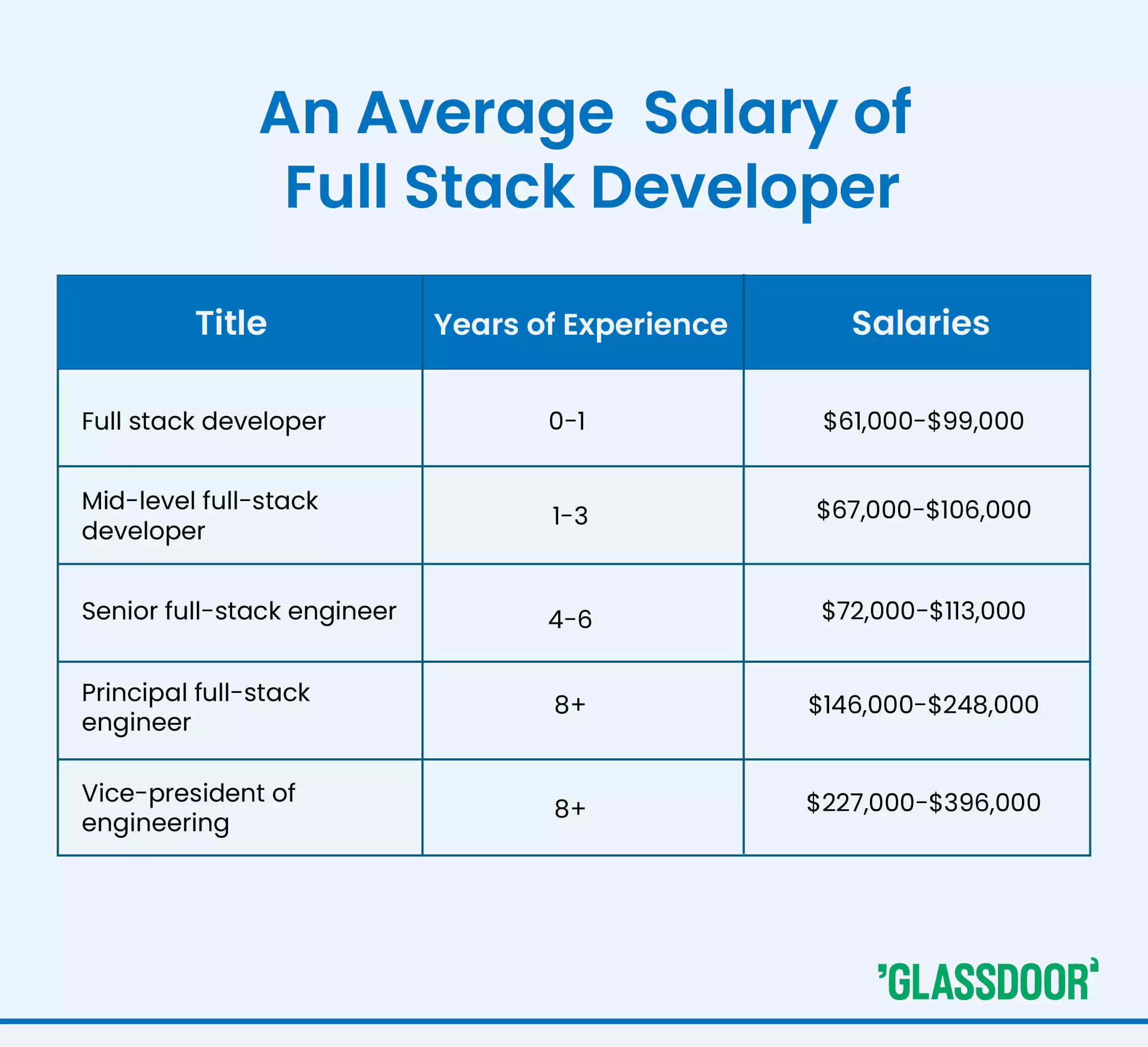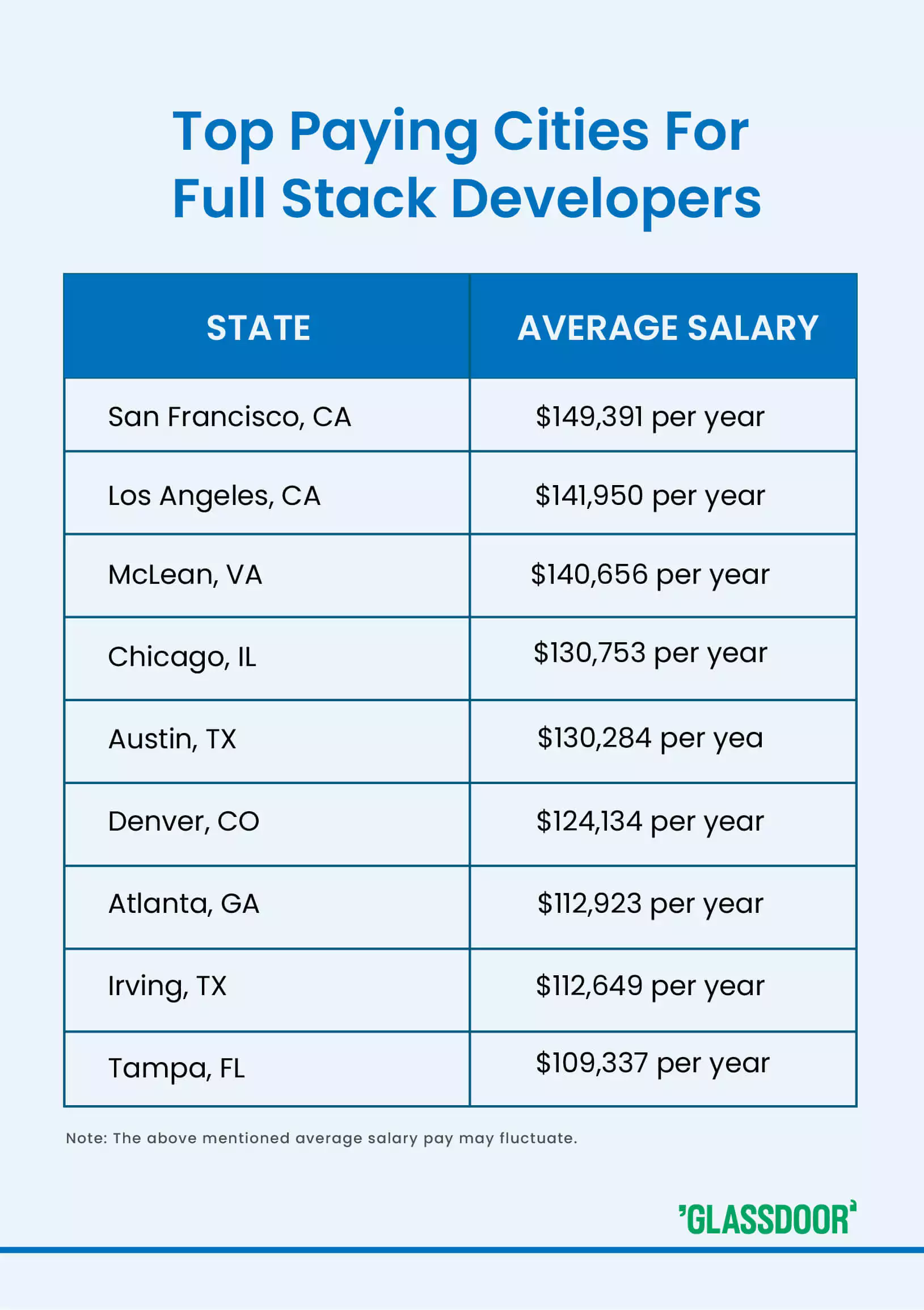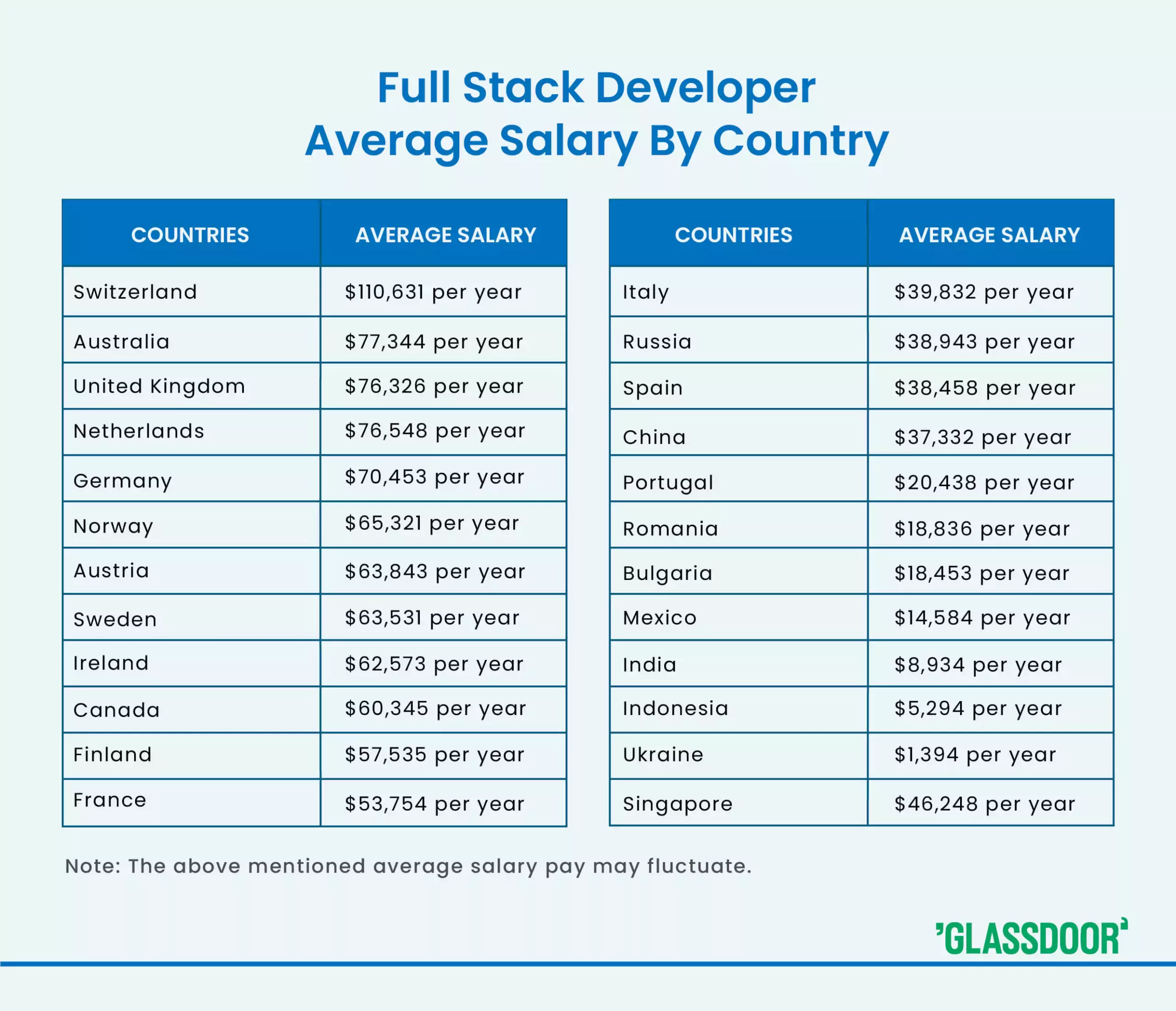A slow-performing web app and applications adversely affect your business reputation. It keeps the users from trusting you and buying your products or services. This makes it extremely necessary to optimize performance in MERN applications.
In this guide, we’ll discuss the key performance metrics you need to look into MERN applications. We’d also discuss how you can optimize your website for smooth performance and navigation.
Without further ado, let’s get started.
Key Performance Metrics

When optimizing the performance of MERN (MongoDB, Express.js, React, Node.js) applications, define and measure key performance metrics. These metrics provide you with valuable insights into how your MERN application is performing. So you can identify areas that need improvement. Here are some of the most crucial performance metrics to track:
Response Time
Response time, also known as latency, is the request time to proceed and the response time to be returned. It assesses the speed and responsiveness of your application. Users expect quick response times to have a smooth and enjoyable experience.
Page Load Time
Page load time measures the time it takes for a web page to load completely in your user’s browser. This metric is a user-centric measurement of performance and is influenced by various factors, including network speed, asset loading, and server response time. A faster page load time leads to better user satisfaction and engagement.
Server Response Time
Server response time refers to the time taken by your backend server to process a request and send a response. Optimizing server response time ensures that your application is responsive and efficient. Techniques like server-side caching and code optimization help reduce response times.
Database Query Performance
In MERN applications, MongoDB is a popular choice for the database. Monitoring database query performance is essential. Metrics to consider include query execution time, the number of queries, and the efficiency of indexing. Slow database queries significantly impact the overall performance of your application.
User Experience Metrics
User experience metrics, like those provided by tools like Google’s Lighthouse, offer a holistic view of how users perceive your application’s performance. These metrics include First Contentful Paint (FCP), Largest Contentful Paint (LCP), and Cumulative Layout Shift (CLS), among others. They help evaluate the visual and interactive aspects of your site.
Error Rates
Tracking error rates identify issues within your application. High error rates lead to a poor user experience. Monitoring and addressing errors promptly maintain application performance and reliability.
Throughput and Scalability
These metrics assess your application’s ability to handle a large number of concurrent requests. Throughput measures the number of requests your system can process per unit of time, while scalability measures how well your application can grow to accommodate increased demand. Proper load balancing and scaling strategies are essential to maintain high throughput and scalability.
Network Latency
Network latency measures the time for data to travel between your client and the server. Reducing network latency improves the perceived performance of your MERN application, especially for users in geographically distant locations. Content delivery networks (CDNs) and choosing the right data center locations minimize network latency.
Resource Utilization
Monitoring resource utilization metrics, like CPU and memory usage, helps ensure that your server resources are efficiently allocated. Overutilized resources lead to performance bottlenecks and should be addressed through proper resource management.
Frontend Optimization

Frontend optimization improves the performance of your MERN (MongoDB, Express.js, React, Node.js) application. A well-optimized frontend not only enhances user experience but also reduces the load on the backend. Here are some key strategies and techniques for optimizing the frontend of your MERN application:
Code Splitting and Lazy Loading
Break down your React application into smaller, more manageable chunks through code splitting. This allows you to load only the necessary parts of your application when they are required, reducing the initial page load time. React’s built-in dynamic imports and tools like Webpack make lazy loading easy to implement.
Minification and Asset Compression
Minify and compress your JavaScript, CSS, and other assets to reduce their file size. Smaller files load faster, improving page load times. Tools like Babel and minification plugins can help with this.
Efficient State Management
Use state management libraries like Redux or the React Context API to manage application states effectively. Avoid unnecessary re-renders by connecting components only to the data they need. This reduces the rendering workload and leads to a more responsive UI.
Image and Media Optimization
Compress and optimize images and media files to reduce their size. Use modern image formats like WebP and employ responsive image techniques to serve the right image size based on the user’s device. This improves page load times and reduces data usage for mobile users.
Client-Side Caching
Implement client-side caching strategies to store frequently used data on the user’s device. This is achieved using browser storage mechanisms like localStorage or sessionStorage, and it reduces the need for repeated server requests.
Content Delivery Networks (CDNs)
Utilize CDNs to distribute your assets and resources to servers located closer to your users. CDNs cache content and serve it from the nearest server, reducing network latency and improving load times. Popular CDNs include Cloudflare, Akamai, and Amazon CloudFront.
Code Splitting
Divide your JavaScript code into smaller bundles, loading only what’s needed when it’s needed. This reduces initial page load times and improves the perceived performance of your application.
Service Workers and Progressive Web Apps (PWAs)
Implement service workers to enable offline access, background syncing, and push notifications in your MERN application. This enhances your user experience, especially on mobile devices. Transform your application into a Progressive Web App (PWA) to offer users an app-like experience.
Responsive Design
Ensure that your application is responsive and adapts to various screen sizes and devices. Properly structured responsive designs can reduce rendering times and improve usability.
Eliminate Unused Code and Dependencies
Regularly audit and remove any unused code, libraries, or dependencies from your frontend. Keeping your codebase lean and clean can result in faster loading times and a more efficient application.
Backend Optimization

Optimizing the backend of your MERN (MongoDB, Express.js, React, Node.js) application is essential for improving overall performance, scalability, and reliability. A well-optimized backend ensures that your application can handle increased traffic and deliver a fast, responsive user experience. Here are key strategies and techniques for optimizing your backend:
Server-Side Caching
Implement server-side caching to store frequently requested data and responses in memory. This reduces the need to generate the same response repeatedly, improving response times. Redis is a popular choice for caching in the Node.js ecosystem.
Middleware Optimization
Review and optimize your middleware stack. Remove unnecessary or redundant middleware and ensure that the remaining middleware functions are efficient. Use middleware sparingly to avoid excessive processing of every request.
Asynchronous Programming and Event-Driven Architecture
Leverage asynchronous programming to handle I/O-bound operations efficiently. Node.js is designed for non-blocking, event-driven programming, and using async/await and Promises can make your code more responsive. Implement event-driven architecture using libraries like EventEmitter to handle application events efficiently.
Profiling and Debugging
Use profiling and debugging tools to identify and resolve bottlenecks in your backend code. Tools like Node.js’s built-in async_hooks, console.time(), and third-party profilers can help pinpoint performance issues.
Load Balancing and Scaling
Implement load balancing to distribute incoming traffic across multiple server instances. Tools like NGINX and load balancing services in the cloud ensure high availability and optimal resource utilization.
Optimize Database Queries
Optimize MongoDB queries by creating appropriate indexes, reducing the number of queries, and ensuring efficient data retrieval. Profiling and analyzing query performance using tools like Mongoose and MongoDB Atlas can help fine-tune database operations.
Error Handling and Monitoring
Implement robust error handling and monitoring mechanisms. Log and track errors to quickly identify and address issues that may affect the backend performance. Utilize tools like Winston or Sentry for logging and error tracking.
Security and Authentication
Ensure that your backend is secure by implementing best practices for authentication, authorization, and input validation. Secure your APIs against common vulnerabilities such as SQL injection and cross-site scripting (XSS).
Connection Pooling
Use connection pooling to efficiently manage database connections. Connection pooling helps reduce the overhead of establishing new connections for each request, improving the backend’s response time.
Regular Performance Audits
Perform regular performance audits to identify and address bottlenecks and inefficiencies. This can involve load testing, profiling, and code reviews to ensure that your backend remains performant as your application grows.
Database Performance

A well-optimized database ensures that your MERN application efficiently stores and retrieves data, reducing response times and improving the overall user experience. Here are key strategies and techniques for optimizing database performance:
Indexing and Query Optimization
Create appropriate indexes for the fields frequently used in queries. Indexes significantly speed up data retrieval. Monitor and analyze slow-running queries and use MongoDB’s built-in tools or third-party query analyzers to identify and optimize poorly performing queries.
Sharding and Replication
If your application experiences high data volumes or needs high availability, consider sharding your database to distribute data across multiple servers. Implement replication to ensure data redundancy and failover in case of server failures.
Data Denormalization
Consider denormalizing data when necessary to reduce the complexity of queries and improve read performance. While normalization is crucial for data integrity, denormalization optimizes data retrieval for specific use cases.
Connection Pooling
Implement connection pooling to manage database connections efficiently. Connection pooling reduces the overhead of opening and closing connections for each request, improving database query response times.
Monitoring and Profiling
Utilize tools like MongoDB Atlas and Mongoose to monitor and profile your database’s performance. These tools can provide insights into query execution times, slow queries, and resource utilization.
Query Batching
Batch database queries when possible to reduce the number of round trips to the database. This minimizes latency and can significantly improve data retrieval times.
Data Pagination
Implement data pagination to limit the amount of data retrieved in a single query. This is especially important for applications that deal with large data sets. Pagination reduces query execution times and response sizes.
Horizontal Scaling
Scale your database horizontally by adding more servers or shards to distribute the workload. Horizontal scaling allows your database to handle increased traffic and data volumes effectively.
Schema Validation
Implement schema validation to ensure data consistency and accuracy. Schema validation helps maintain data integrity and can prevent the insertion of incorrect or irrelevant data.
Data Archiving and Cleanup
Regularly archive or clean up old or unnecessary data to prevent your database from becoming cluttered. An organized database can lead to faster queries and backups.
Data Backup and Recovery Strategy
Ensure that you have a robust backup and recovery strategy in place. Regularly back up your database to prevent data loss and ensure quick recovery in case of failures.
Distributed Databases and NoSQL Options
Consider distributed databases or NoSQL databases like MongoDB when dealing with data that doesn’t fit well in a traditional relational database. These databases offer flexibility and scalability for various data types.
Testing and Performance Monitoring

Testing and performance monitoring help you identify issues, track improvements, and ensure that your application performs well under various conditions. Here are key practices and tools for effective testing and performance monitoring:
Load Testing
Use load testing tools like Apache JMeter, locust.io, or artillery.io to simulate high traffic and stress test your application. These tools help identify performance bottlenecks and determine how your application behaves under heavy loads.
Real User Monitoring (RUM)
Implement RUM tools like New Relic or Datadog to collect data on how real users interact with your application. RUM provides insights into user experience, page load times, and performance bottlenecks experienced by actual users.
Error Tracking
Utilize error tracking tools like Sentry or Bugsnag to monitor and log errors and exceptions in your application. This allows you to identify and address issues that impact performance and user experience.
Performance Profiling
Profile your application’s performance using tools like Chrome DevTools, Node.js’s built-in profiler, or server-side profilers. Profiling helps you identify specific code segments that cause performance issues.
Continuous Integration and Continuous Delivery (CI/CD)
Implement CI/CD pipelines to automate the testing and deployment process. This ensures that changes are thoroughly tested before being deployed to production, reducing the risk of performance regressions.
Version Control and Code Review
Use version control systems like Git to track changes to your codebase. Conduct code reviews to catch potential performance issues early and maintain code quality.
A/B Testing
Perform A/B testing to compare the performance of different application variants with real users. A/B testing helps you make data-driven decisions to improve the user experience and performance.
Synthetic Monitoring
Set up synthetic monitoring using tools like Pingdom or Uptime Robot to regularly check your application’s availability and response times from different locations. Synthetic monitoring helps identify downtime and network latency issues.
Profiling Tools
Use performance profiling tools to measure response times, resource utilization, and database query execution. Tools like Google PageSpeed Insights, Lighthouse, and WebPageTest offer insights into frontend performance.
Cloud Performance Monitoring Services
Leverage cloud-specific performance monitoring services provided by AWS, Azure, or Google Cloud to gain insights into your application’s performance in cloud environments. These services offer extensive metrics and logs for analysis.
Test Environments
Maintain separate testing and staging environments that closely mimic your production environment. This allows you to test changes and optimizations in a controlled environment before deploying them to production.
User Feedback
Solicit feedback from users through surveys or user feedback forms to understand their performance-related concerns and address them proactively.
Conclusion
Optimizing performance in MERN applications ensures a seamless user experience. By meticulously tracking and monitoring key performance metrics, applying frontend and backend optimization techniques, and focusing on database and network performance, you can enhance your application’s responsiveness and speed. Balance between security and performance and embrace best practices like code splitting, content delivery networks, and regular performance audits.
Remember, performance optimization is not a one-time task but an ongoing commitment to delivering high-quality user experiences. Keep an eye on emerging technologies and continually learn and adapt. So, you can maintain your MERN application’s efficiency and remain at the forefront of user expectations.


